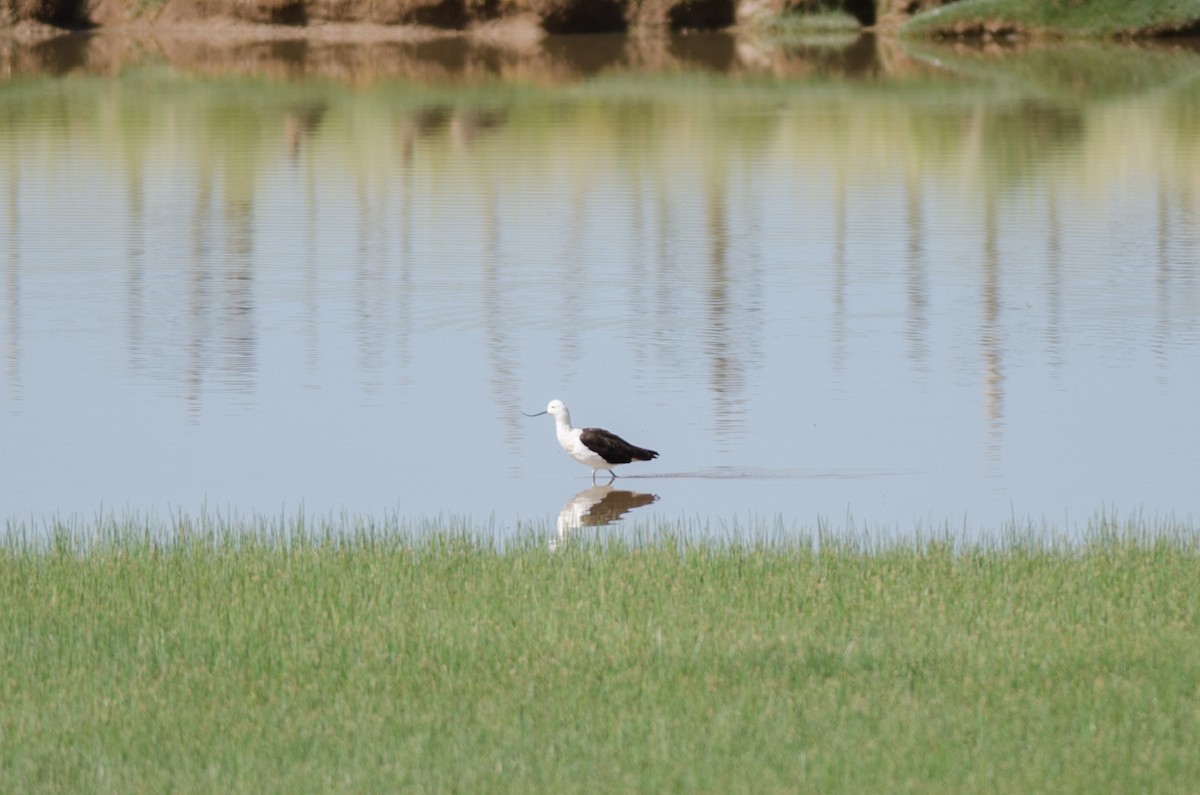Andean Avocet
A species of Avocets Scientific name : Recurvirostra andina Genus : Avocets
Andean Avocet, A species of Avocets
Botanical name: Recurvirostra andina
Genus: Avocets
Content
Description General Info
 Photo By Nikolaj Mølgaard Thomsen
Photo By Nikolaj Mølgaard Thomsen Description
This avocet has a white head, neck, underparts and rump, and dark brown back, wings and tail. It is similar in size to the American avocet, at 43–48 cm (17–19 in) in length and 315–410 g (11.1–14.5 oz) in weight. The thin, grey legs are not as long as with other avocet species, but the long thin black bill is upturned at the end. The sexes are similar, and the juvenile plumage is undescribed. The colour pattern is similar to that of the local subspecies Himantopus himantopus melanurus of black-winged stilt, but that bird has very long red legs a white tail and a straight bill. 
Size
48 cm
Nest Placement
Ground
Feeding Habits
Andean Avocet feeds predominantly on free-swimming invertebrates, scything through shallow waters or occasionally upending like its counterparts. It often associates with Chilean Flamingos during foraging.
Habitat
The andean Avocet typically inhabits the puna zones of the Andes, where it favors saline and alkaline lakes as well as marshlands, preferring open areas and alkaline flats. They are also found in seasonally flooded alkaline meadows and occasionally around small pools. Outside of the breeding season, andean Avocet can be seen in various wetlands, including coastal tidal flats.
Dite type
Aquatic invertebrate eater
General Info
Feeding Habits
Bird food type
Behavior
The Andean avocet nests near shallow, preferably alkaline lakes in the Andes, often in small groups. The eggs are laid in at least January. This species is non-migratory, but may move to slightly lower altitudes when not breeding. The Andean avocet forages in shallow water or on mud flats, often sweeping its bill from side to side in water as it seeks its crustacean and insect prey. 

 Photo By Nikolaj Mølgaard Thomsen
Photo By Nikolaj Mølgaard Thomsen Scientific Classification
Phylum
Chordates Class
Birds Order
Shorebirds Family
Stilts and avocets Genus
Avocets Species
Andean Avocet